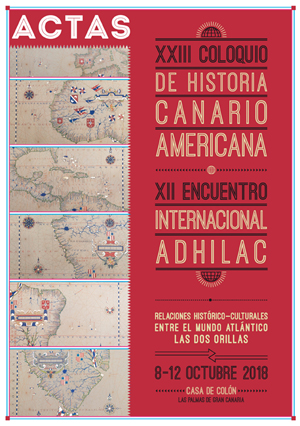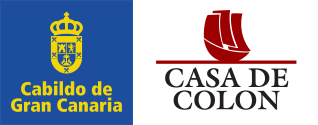Espíritu de empresa, conquista y asimilación de América / Spirit of Enterprise, conquest and assimilation of America
Resumen
La conquista y asimilación de América fué producto de un vigoroso espíritu de empresa —estimulado por una legislación y una percepción social favorable al comercio y la economía— y una experiencia militar y administrativa considerable.
Los 200 pueblos indígenas fundados por el Obispo Vasco de Quiroga, que demandara la adopcion de técnicas y herramientas europeas y que fueran los más prósperos de México tres siglos más tarde, demuestran la solidez de esta asimilación.
Los efectos no fueron unidireccionales. La conquista inspiró la teoría del comercio libre y del derecho de gentes de Fray Francisco de Vitoria, así como los trabajos de sus discípulos de la Escuela de Salamanca sobre teoría monetaria e inflación que, como la Ley de Seguros Marítimos, dieron a España el liderazgo europeo en la materia. Y, caso único en los anales de la expansión europea, el público debate sobre los derechos de la Corona en Améria.
The conquest and assimilation of America could not have taken place in the absence of a well-established entrepreneurial spirit in Castile. To negate it is tantamount to an argument contra natura, to negate the famous dictum of Adam Smith, irrefutably supported by historical, archeological, and anthropological evidence, some of which is briefly mentioned here. An examination of the institutional and the legal framework of, as well as of the climate of opinion about economic activities, proved to be not only favourable to them but also actively promoting them. Moreover, they were often innovative, in theory and practice. The freedom of trade and navigation proposed by the Dominican Friar Francisco de Vitoria, the work on monetary policy, inflation and prices carried out by Martín de Azpilcueta and other disciples of Vitoria in the School of Salamanca and, on the practical side, the maritime insurance laws, adopted verbatim in England and throughout Europe, gave Spain the European leadership on those subjects.
As demanded by the banking and commercial technology of the time, Castilian entrepreneurs were omnipresent in the west of France, and numerous in Flanders, England, Hamburg and the north of Europe. The Basques were leaders in the maritime transport of that area and the fishing of cod and hunting of whales in far away waters.
It was this business experience and a military experience honed during the Reconquista which rendered possible the conquest and assimilation of America. This assimilation was also evident in America itself, where the dictum of Adam Smith was again brought to the fore by the economic success of the 200 Indian villages founded by Bishop Vasco de Quiroga, which I discussed in a prior paper. The transfer of technology which they required took place also in areas other than the economy, as shown by the Indian artist Juan de Gante.




